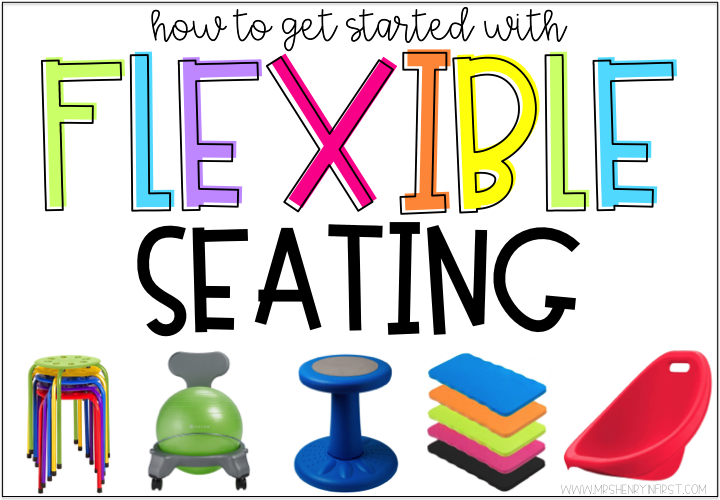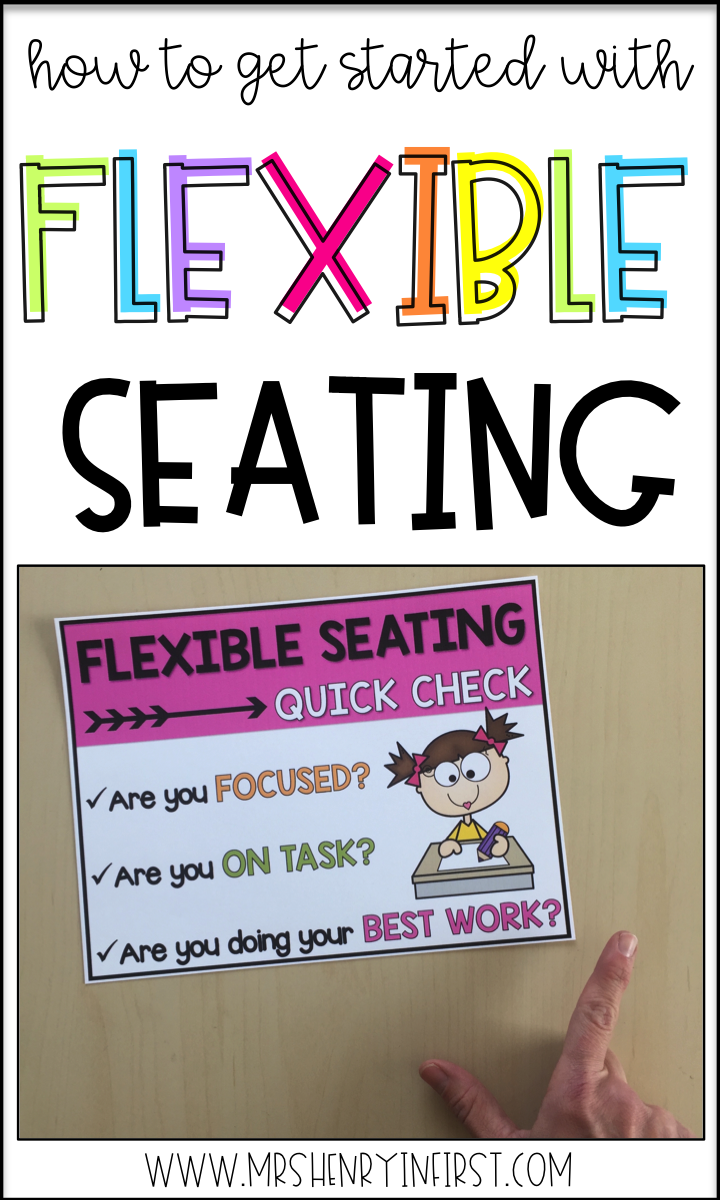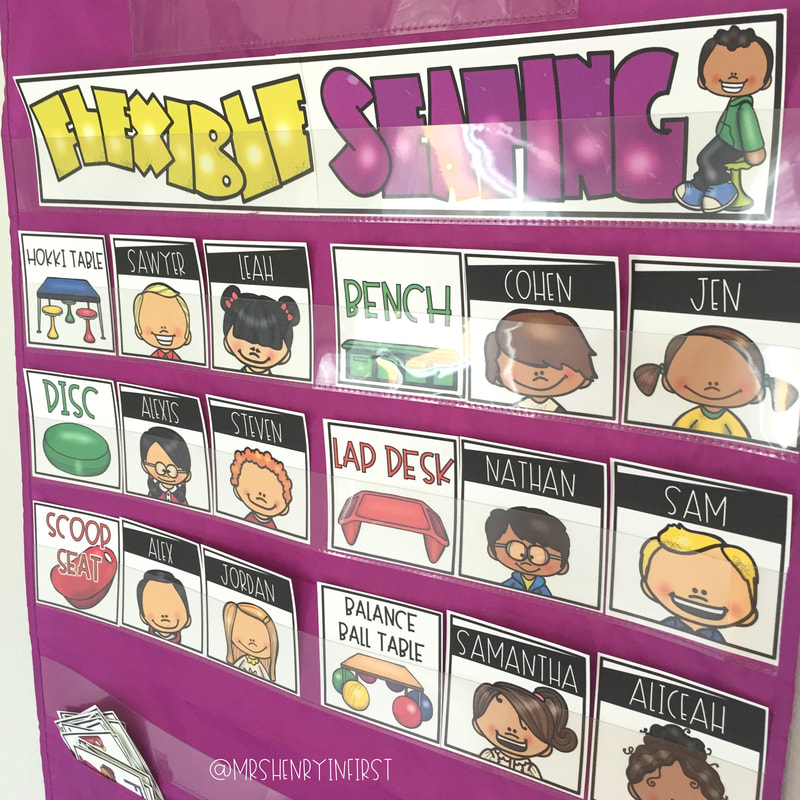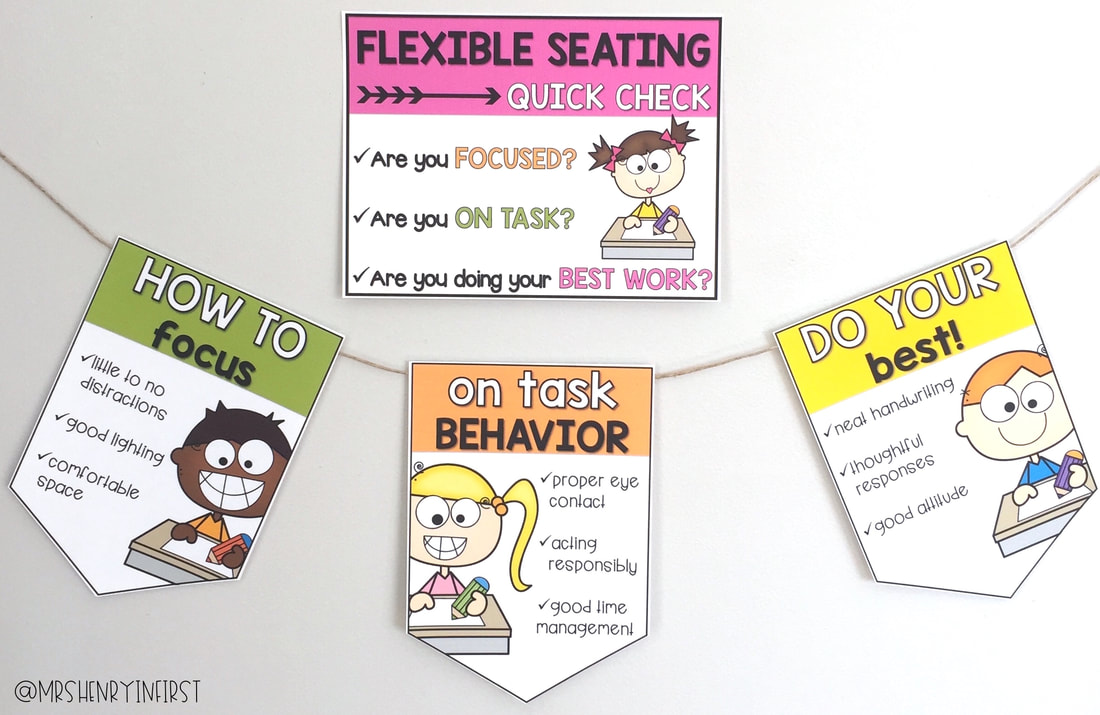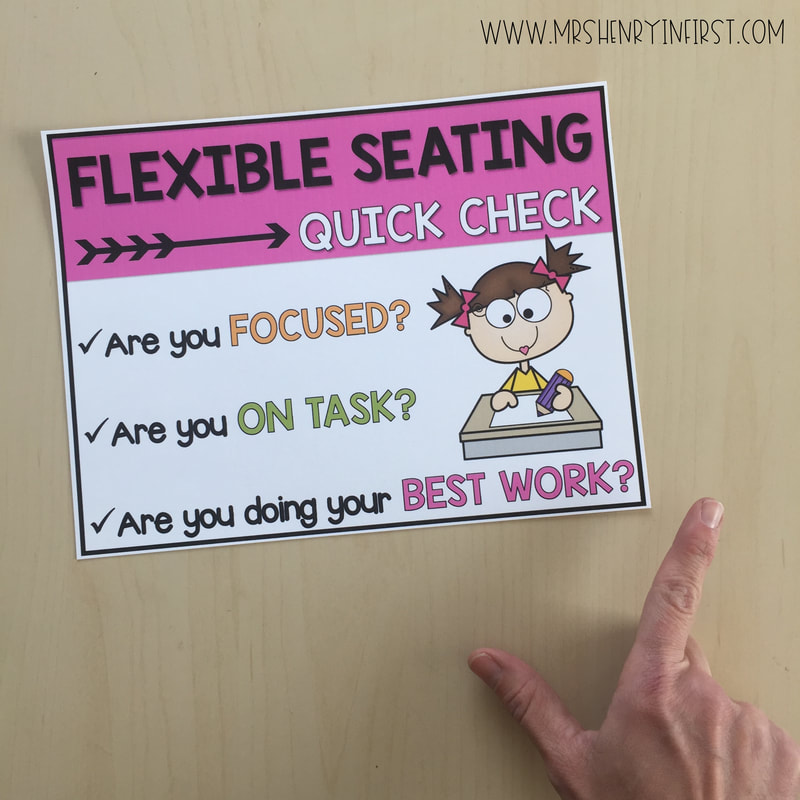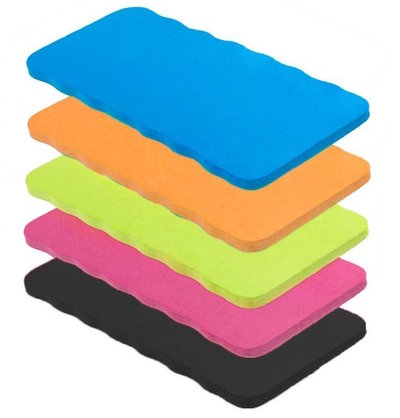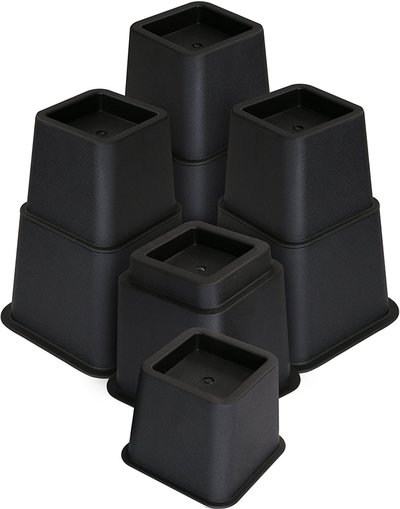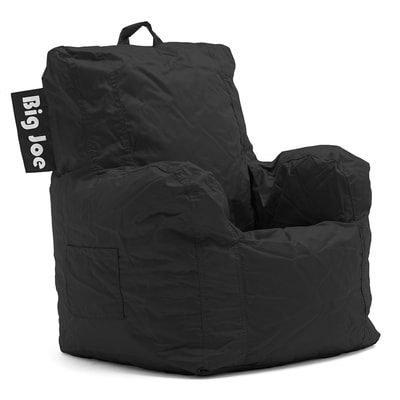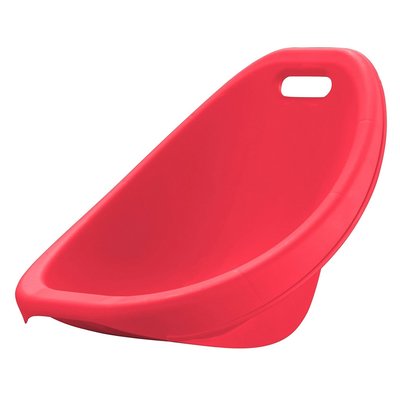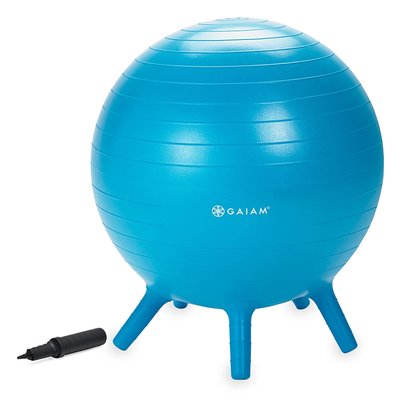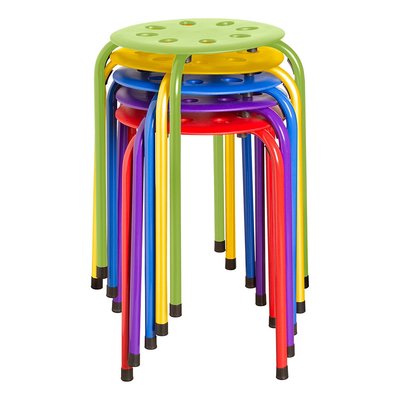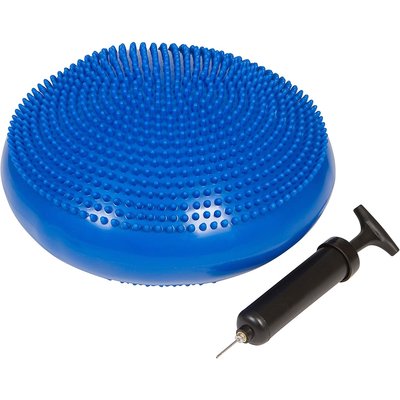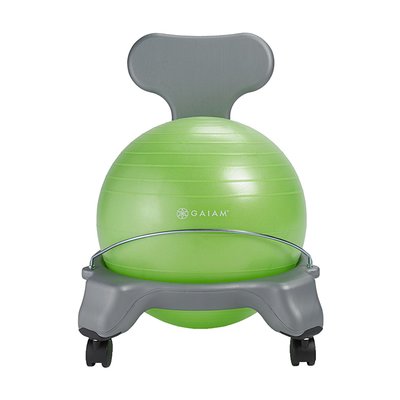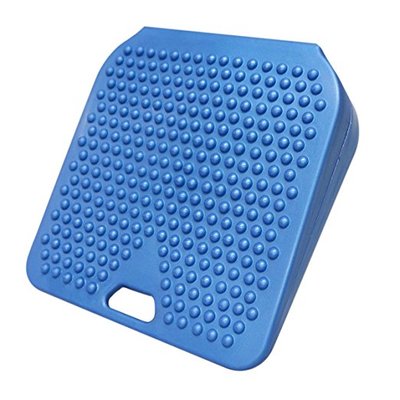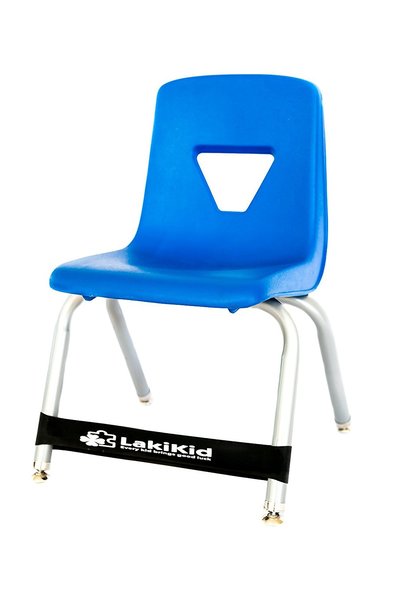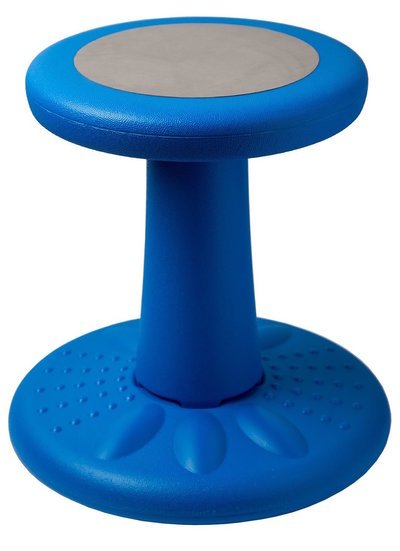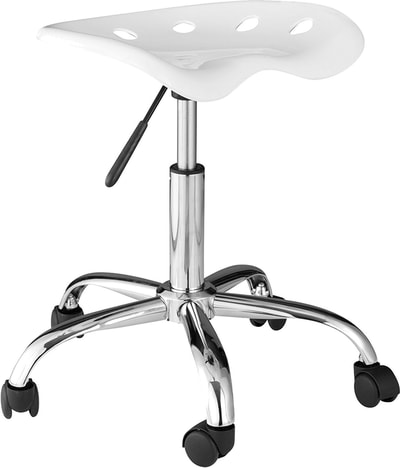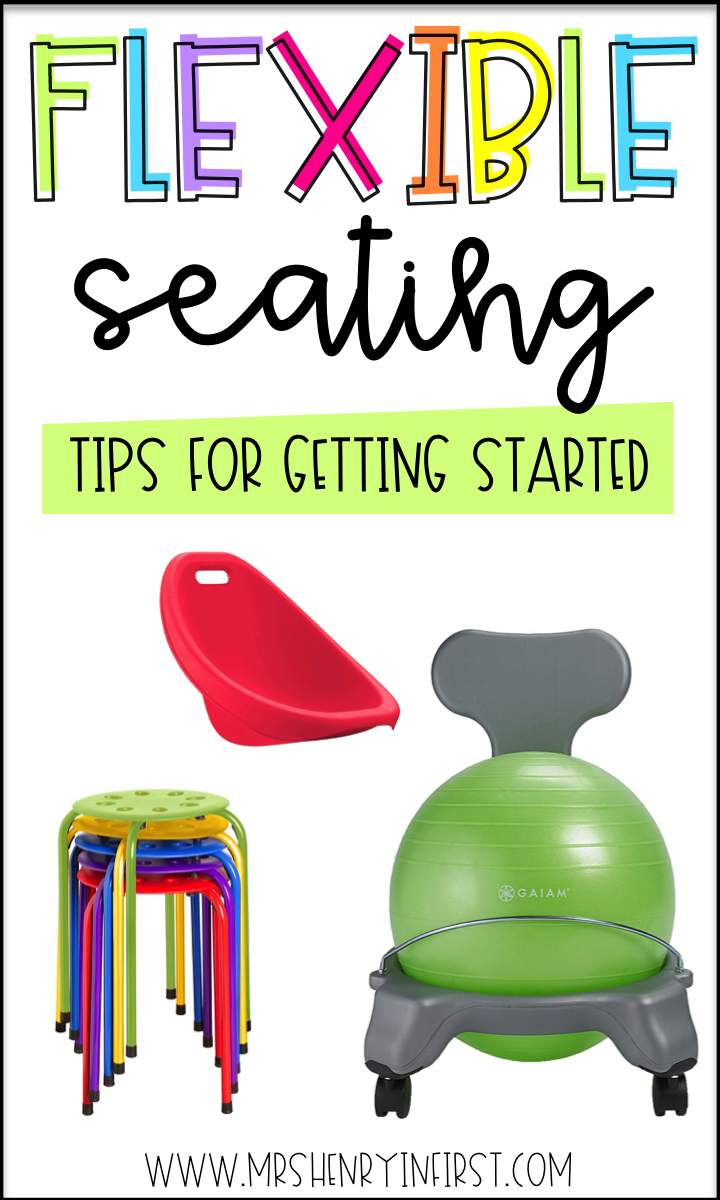|
If you're thinking about starting flexible seating in your primary classroom, check out some of my tips and tricks below! From student management and self assessment to a variety of flexible seating options, this post will hopefully give you some ideas and get you started in the right direction!
What kind of flexible seating teacher do you want to be?
First, ask yourself whether you want to have a FULL TIME flexible seating classroom or a PART TIME flexible seating classroom. Here's what I mean:
FULL TIME - Your students utilize flexible seating all day. Option 1: The classroom may have a variation of student desks/tables. There are different flexible seating options or spaces around the room where students can choose to work. Free range if you will. Option 2: Your students may have traditional desks with the addition of a balance ball or wobble chair. PART TIME - Your classroom has traditional desks/tables & chairs where students store their materials. Their home base essentially. For independent/group work/centers, you allow your students the option to work in a designated flexible seating area (i.e. on the floor with a clipboard, a designated nook, maybe a floor level table, bean bag area, etc.) How to Manage Flexible Seating
There are many ways to manage flexible seating. Whether you choose to be a FULL TIMER or PART TIMER, spend some time thinking about exactly how you're going to manage it. If your students are going to be choosing their flexible seating on a daily basis, how are you going to let them choose? Will there be a rotation system in place? Will you have them assigned to a certain area? What are the expectations for work & behavior?
I've always been partial to pocket charts, so I created these Flexible Seating Labels paired with my Editable Kid Labels for easy rotation. These are great for a part time flexible seating classroom, so you can choose whether students rotate daily/weekly. If you have full time desks, I would suggest letting your students return to their "home base" to work if they don't like a particular flexible seating option. Providing choice and allowing kids to work comfortably is the key!
Flexible Seating Expectations
When introducing flexible seating to a new group of students, it's important to discuss expectations. I encourage students to think about the following things while they're working during their flexible seating time:
Are you FOCUSED? Are you ON TASK? Are you doing your BEST WORK? We go over each category and discuss it in depth. You can get this *editable* flexible seating self assessment kit HERE.
If you're introducing several different options for flexible seating, my advice is to introduce 2-3 a day. I start by reviewing expectations and then select student volunteers to demonstrate the correct way to use the seating. I also like to demonstrate a few wrong ways, especially if safety could be an issue.
While students are working in the new flexible seating designated areas, I check in by signaling their attention and asking them to rate how well they are doing. I read each bullet point above and ask students to make a check mark privately on their chest if they're meeting the expectation. This provides a great time for students to regain control if they've lost it. During the beginning, you'll want to check in a lot! After students have proved they understand the new expectations, you can check in whenever you need to.
Budget Friendly Flexible Seating Options
You don't have to spend a million dollars on adding flexible seating to your classroom! There are some easy things you can do to transform your classroom today. Here are some budget friendly options:
Popular Flexible Seating Options from Amazon
Some of my favorite flexible seating options can be found on Amazon. If you're not looking to shell out your salary, you can have others help you fund a flexible seating classroom! Sign up for a free Donor's Choose account and share the link with parents, friends, and family. Every teacher I've ever known to create a Donor's Choose account has been funded! Learn more about Donors Choose HERE.
Pin Now, Save for Later!
What tips and tricks have you learned from implementing a flexible seating classroom? Share them with me below!
**** This blog post may contain affiliate links. This means that I may receive a small commission (at no cost to you) if you subscribe or purchase something through the links provided.
1 Comment
12/18/2023 09:27:19 pm
I wanted to express my gratitude for your insightful and engaging article. Your writing is clear and easy to follow, and I appreciated the way you presented your ideas in a thoughtful and organized manner. Your analysis was both thought-provoking and well-researched, and I enjoyed the real-life examples you used to illustrate your points. Your article has provided me with a fresh perspective on the subject matter and has inspired me to think more deeply about this topic.
Reply
Leave a Reply. |
